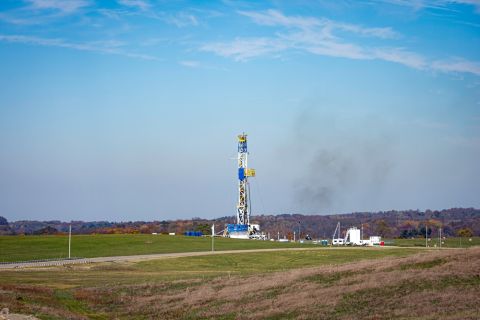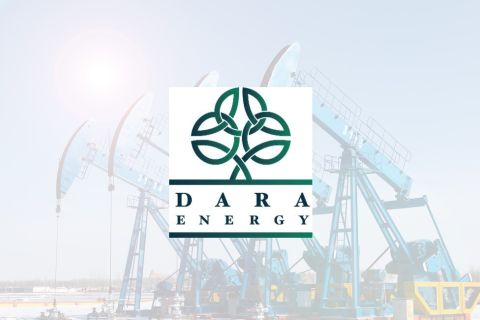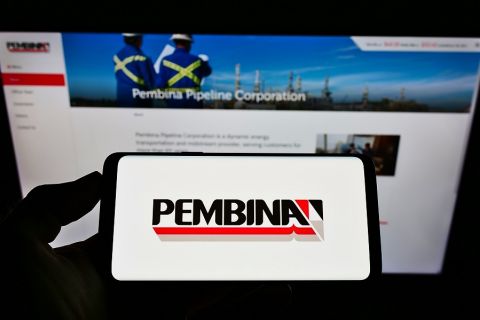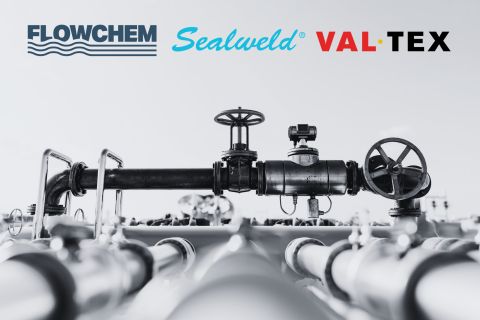The mood was cheerful for nearly 1,600 people registered for the IPAA's 11th annual Oil & Gas Investment Symposium (OGIS) in New York recently. Attendance was up about 30% from 2004. Some 63 E&P companies and 16 service companies met with investors in general sessions and one-on-one meetings. Small E&P companies' presentations were popular: seating for that track was soon expanded the first day. Break-out rooms were at times standing-room-only. Many of the presenters plan to drill unconventional gas resources, with hopes of finding the next Barnett Shale play. Targets include the Bakken Shale in North Dakota, the Caney and Woodford shales in the Midcontinent, and the Devonian Shale in west Texas. Talk was that no less than Boone Pickens is entering the Barnett Shale play through BP Capital, his investment company. Investors were also curious about Tulsa-based Vintage Petroleum Inc.'s work with the Lower Bend Shale in the Palo Duro Basin of north-central Texas, and Casper, Wyoming-based Double Eagle Petroleum Co.'s prospects in the Mesa Unit on the Pinedale Anticline, Wyoming. One prospect-a 19,000-foot test-has shown 1,000 feet of net gas pay, and up to 14 frac jobs have been done on the well. Questar E&P is the operator. Radnor, Pennsylvania-based Penn Virginia Corp. reported that its Appalachian Basin coalbed-methane program now involves nearly 1 million acres, of which 360,000 have coal of 30 inches or thicker. The company has marked 250 well locations. The horizontal development potential is "why we get enamored of all this," said Jim Dearlove, chief executive. "The decline curve you get looks like a Gulf Coast decline rate. Payout is within a year and well life is six years. The return on investment is 120%...We're going to push the coalbed-methane business very hard." Natchez, Mississippi-based Callon Petroleum Co. chairman and chief executive Fred Callon noted that the company, which was nearly broken while waiting for deepwater production to commence, now has long-term debt in the form of senior notes totaling some $200 million and that aren't due before 2010. The North Medusa well in 1,800 feet of water in the Gulf of Mexico began producing this month. Callon has 15%. Gulf Coast-focused, Lafayette, Louisiana-based PetroQuest Energy Inc. has been expanding into East Texas gas plays and the Hartshorne coal-gas play in eastern Oklahoma. The vertical Hartshorne play offers PetroQuest four to five years of drilling inventory. The play "is one of the fastest dewatering coal plays in the country," said Charles Goodson, chairman, chief executive and president. "You're selling gas in the first week and dewatered in three months." Peter Hill, president and chief executive of internationally focused Harvest Natural Resources Inc., Houston, said the company's interest in Venezuela is in part because it is out of favor. "Political risk perception is high...It's a good opportunity for us," he said. "...It keeps others away." While investor interest in E&P equities is robust, seasoned observers question how long oil and gas prices can remain high. Their mood was cautiously optimistic. Meanwhile, investor appetite for energy stories has not abated, bankers said. Indeed, several companies indicated there will be more initial public offerings of E&P names this year. Houston-based Mariner Energy Inc. is one such company. It hopes to go public by the fourth quarter and will file a 144A soon, according to president Scott Josey. The company plans to drill 10 to 12 wells in the Gulf of Mexico this year, as well as several development wells in West Texas' Spraberry Trend. Because the firm is no longer solely an offshore company, it may change its name when it goes public, Josey said. At year-end 2004, it had 237 billion cubic feet of proved reserves and 48% were in the Permian Basin. The rest are offshore on the Shelf and in deep water.
Recommended Reading
Ohio Oil, Appalachia Gas Plays Ripe for Consolidation
2024-04-09 - With buyers “starved” for top-tier natural gas assets, Appalachia could become a dealmaking hotspot in the coming years. Operators, analysts and investors are also closely watching what comes out of the ground in the Ohio Utica oil fairway.
Dara Energy Acquires Assets in Three States from Vinland
2024-05-06 - Dara Energy closed an acquisition of low decline oil and gas assets in Kentucky, Tennesee and Texas from Vinland Energy.
Pembina Cleared to Buy Enbridge's Pipeline, NGL JV Interests for $2.2B
2024-03-19 - Pembina Pipeline received a no-action letter from the Canadian Competition Bureau, meaning that the government will not challenge the company’s acquisition of Enbridge’s interest in a joint venture with the Alliance Pipeline and Aux Sable NGL fractionation facilities.
Tivoli Midstream Buys Southeast Texas Coast Infrastructure
2024-04-29 - Tivoli Midstream acquired the Chocolate Bayou from Ascend Performance Materials, including storage and land for development.
SCF Acquires Flowchem, Val-Tex and Sealweld
2024-03-04 - Flowchem, Val-Tex and Sealweld were formerly part of Entegris Inc.





